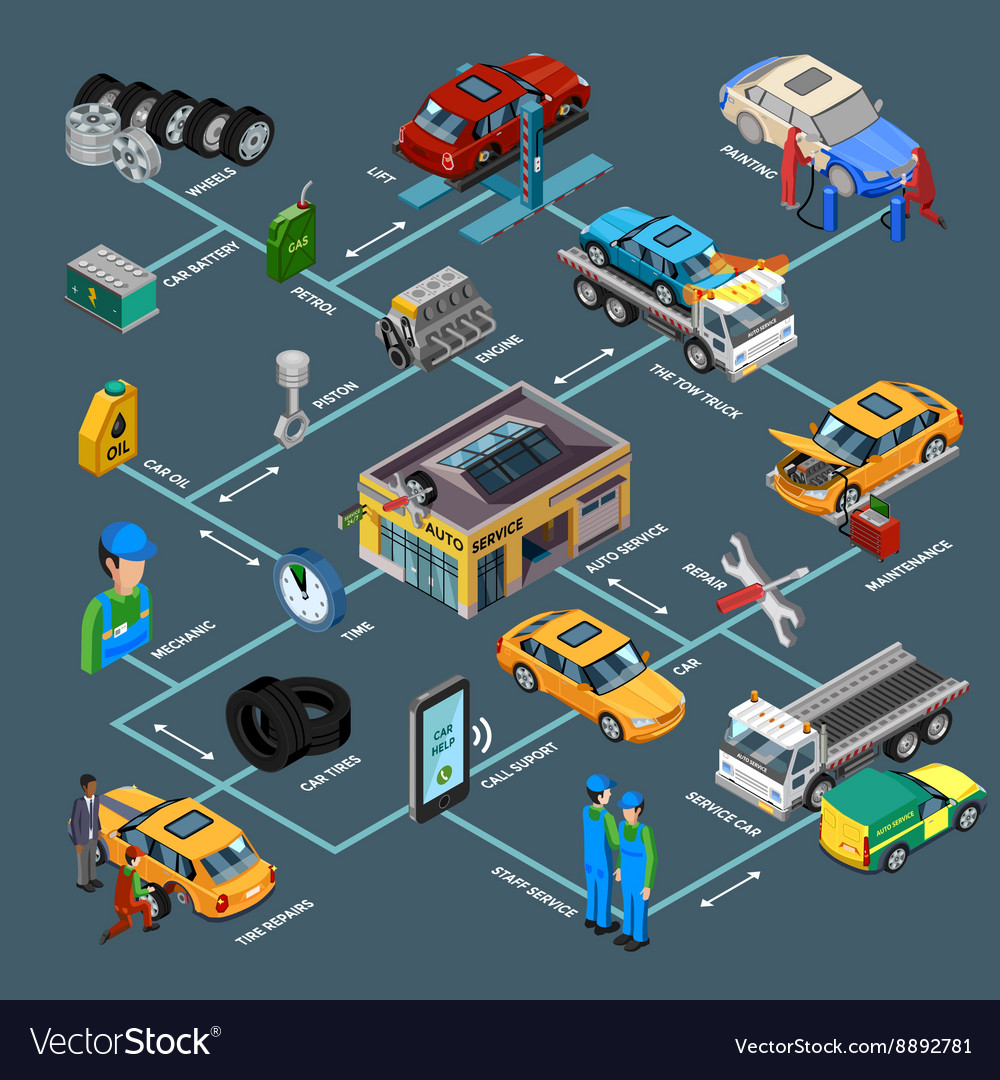Eager To Know What The Dashboard Warning Lights In Your Automobile Indicate? Discover Their Meanings For The Health And Safety And Security Of Your Lorry
Eager To Know What The Dashboard Warning Lights In Your Automobile Indicate? Discover Their Meanings For The Health And Safety And Security Of Your Lorry
Blog Article
Material Composed By-Lim Dalgaard
When you're behind the wheel, those radiant warning lights on your control panel can be a little bit perplexing. Do you recognize what they're trying to tell you regarding your auto's wellness? Understanding the relevance of these lights is vital for your safety and security and the long life of your vehicle. So, the following time one of those lights appears, wouldn't you intend to understand its message accurately and take the required actions to resolve it?
Common Caution Lights and Interpretations
Determine typical warning lights in your automobile and understand their definitions to ensure safe driving.
https://brakeshopnearme27272.dgbloggers.com/32512840/how-mobile-car-explaining-services-can-conserve-you-money-and-time of the most regular warning lights consist of the check engine light, which indicates concerns with the engine or emissions system. If this light begins, it's critical to have your lorry checked quickly.
The oil stress alerting light indicates low oil pressure, calling for immediate focus to stop engine damages.
A flashing battery light might suggest a faulty billing system, potentially leaving you stranded otherwise resolved.
https://www.thedrive.com/maintenance-repair/40307/how-to-build-the-perfect-garage (TPMS) light signals you to low tire stress, impacting car stability and gas performance. Ignoring this can bring about hazardous driving problems.
The abdominal light shows a trouble with the anti-lock stopping system, endangering your capacity to quit swiftly in emergency situations.
Finally, the coolant temperature advising light warns of engine getting too hot, which can cause severe damage otherwise solved promptly.
Comprehending these usual caution lights will assist you address problems quickly and keep safe driving problems.
Significance of Prompt Interest
Understanding the common caution lights in your vehicle is just the very first step; the significance of without delay dealing with these warnings can not be emphasized enough to guarantee your safety on the road.
When a warning light illuminates on your dashboard, it's your vehicle's method of communicating a potential concern that needs focus. Neglecting these warnings can bring about more extreme issues later on, compromising your safety and security and possibly costing you much more in repairs.
https://simonjezsn.59bloggers.com/32536100/find-out-just-how-environmentally-friendly-vehicle-outlining-items-can-boost-your-lorry-s-shine-while-shielding-the-planet-uncover-the-lasting-alternatives-awaiting-you to alerting lights can prevent failures and accidents. For instance, a blinking check engine light might indicate a misfire that, if left unattended, can trigger damages to the catalytic converter. Resolving this promptly can save you from a costly repair.
Likewise, a brake system cautioning light might indicate reduced brake fluid or worn brake pads, critical parts for your security when driving.
DIY Troubleshooting Tips
If you observe a caution light on your control panel, there are a few DIY fixing tips you can try before looking for expert assistance.
The very first step is to consult your auto's handbook to comprehend what the details caution light indicates. Often the concern can be as straightforward as a loosened gas cap activating the check engine light. Tightening the gas cap may resolve the issue.
One more common issue is a reduced battery, which can activate various cautioning lights. Examining the battery connections for rust and ensuring they're safe and secure may take care of the issue.
If a caution light lingers, you can attempt resetting it by disconnecting the car's battery for a couple of mins and then reconnecting it. Furthermore, checking your vehicle's fluid levels, such as oil, coolant, and brake liquid, can assist repair cautioning lights connected to these systems.
Conclusion
To conclude, comprehending your car's caution lights is vital for keeping your car running efficiently and safely. By quickly addressing these notifies and knowing what they suggest, you can prevent costly repair services and prospective failures.
Keep in mind to consult your automobile's manual for certain details on each cautioning light and take action appropriately to make certain a hassle-free driving experience.
Keep informed, remain safe when driving!
